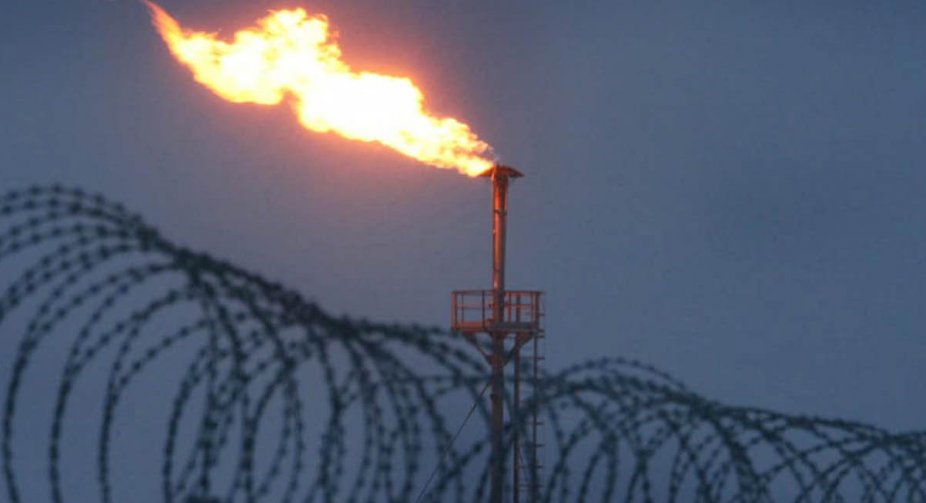According to the analysis, against the backdrop of a sharp rise in energy prices in Europe, Russia is burning a huge amount of natural gas, the BBC reports.
Experts say that gas was previously exported to Germany. They note that the plant near the border with Finland burns about $10 million worth of gas every day.
Scientists are concerned about the large amounts of carbon dioxide and soot it creates, which could accelerate the melting of Arctic ice.
Rystad Energy's analysis shows that about 4.34 million cubic meters of gas is burned every day.
This is happening at the new LNG plant on Portova, northwest of St. Petersburg. The first signs that something was wrong came from Finnish citizens, who earlier this summer across the border noticed a large flame on the horizon.
Since June, researchers have noted a significant increase in the amount of heat emitted from the object - presumably due to the burning of gas. While gas flaring is common at refineries – usually for technical or safety reasons – the extent of the flaring has baffled experts.
"I've never seen so many flares at an LNG plant," said Dr. Jessica McCarthy, a satellite data expert at Miami University in Ohio.
"Starting around June, we saw this huge peak, and it just didn't go away. It stayed very abnormally high," says the expert.
Mark Davis, CEO of Capterio, a company dedicated to finding solutions for flaring associated gas, notes that flaring is not accidental and is more likely a deliberate decision made for operational reasons.
"Operators are often very hesitant to actually close facilities for fear that they might be technically difficult or expensive to start up, and they probably are," he said.
Others believe that there may be technical problems when dealing with the large volumes of gas supplied by the Nord Stream pipeline.
Russian energy company Gazprom may have intended to use this gas to produce LNG at a new plant, but it may have had problems processing it and the safest option is to burn it.
It may also be a consequence of Europe's trade embargo against the Russian Federation in response to the invasion of Ukraine.
"This kind of long-term flaring could mean they're missing some hardware," said Esa Vakkilainen, a professor of energy at LUT University in Finland.
"So, because of the trade embargo on Russia, they can't make the high-quality fittings they need to process oil and gas. So maybe some valves are broken and they can't replace them," he added.
"While the exact causes of flaring are unknown, the volume, emissions and location of flaring are a visible reminder of Russia's dominance of Europe's energy markets," said Rystad Energy's Sindre Knutsson.
"There cannot be a clearer signal: tomorrow Russia may lower the prices of energy carriers. This is gas that would otherwise be exported via Nord Stream-1 or alternative options," the expert noted.
"Portova" is located next to the compressor station at the beginning of the "North Stream-1" gas pipeline, through which gas is delivered to Germany through the seabed. Pipeline supplies have been suspended since mid-July, with the Russians citing technical issues as the cause. Germany claims that this was a purely political move after the Russian invasion of Ukraine.
